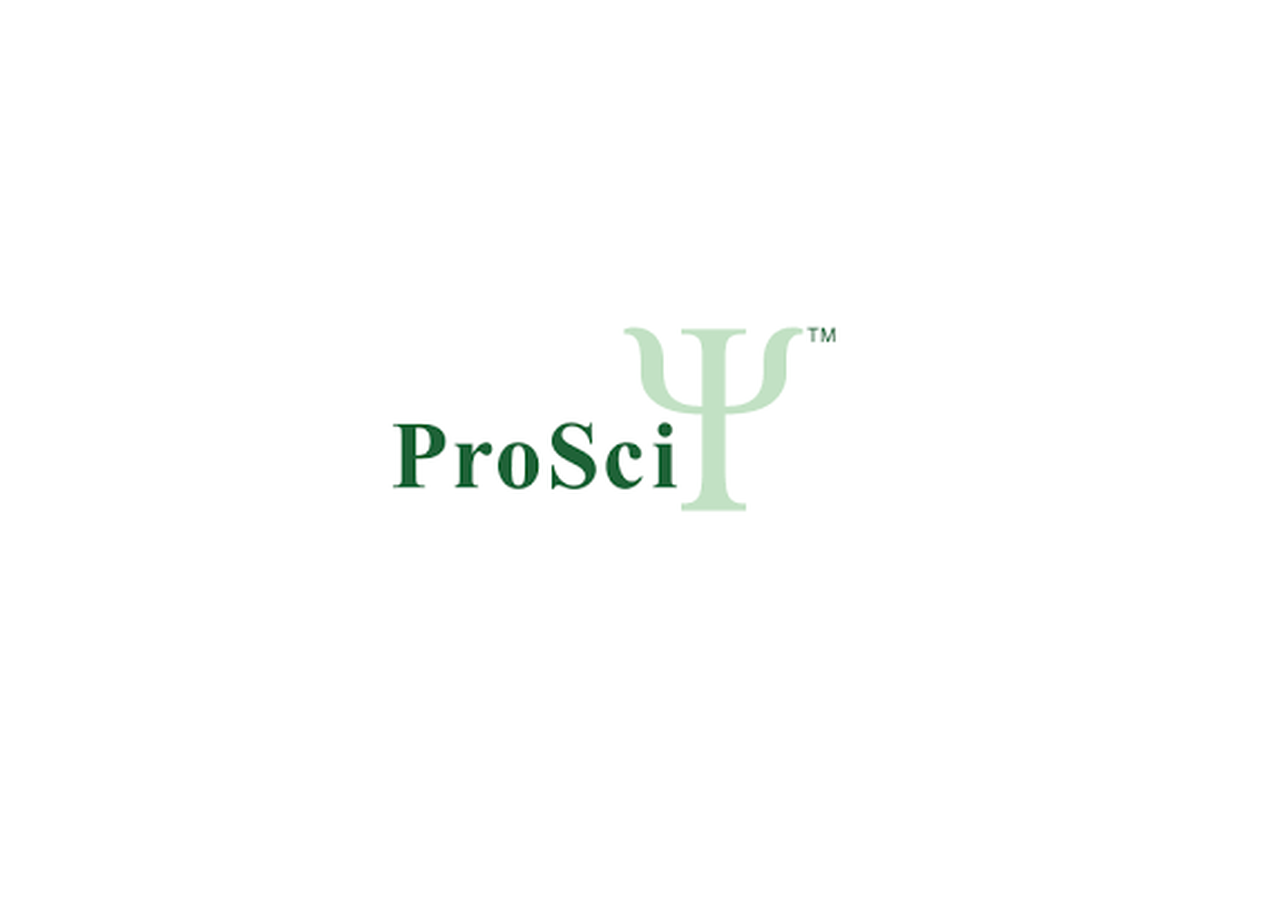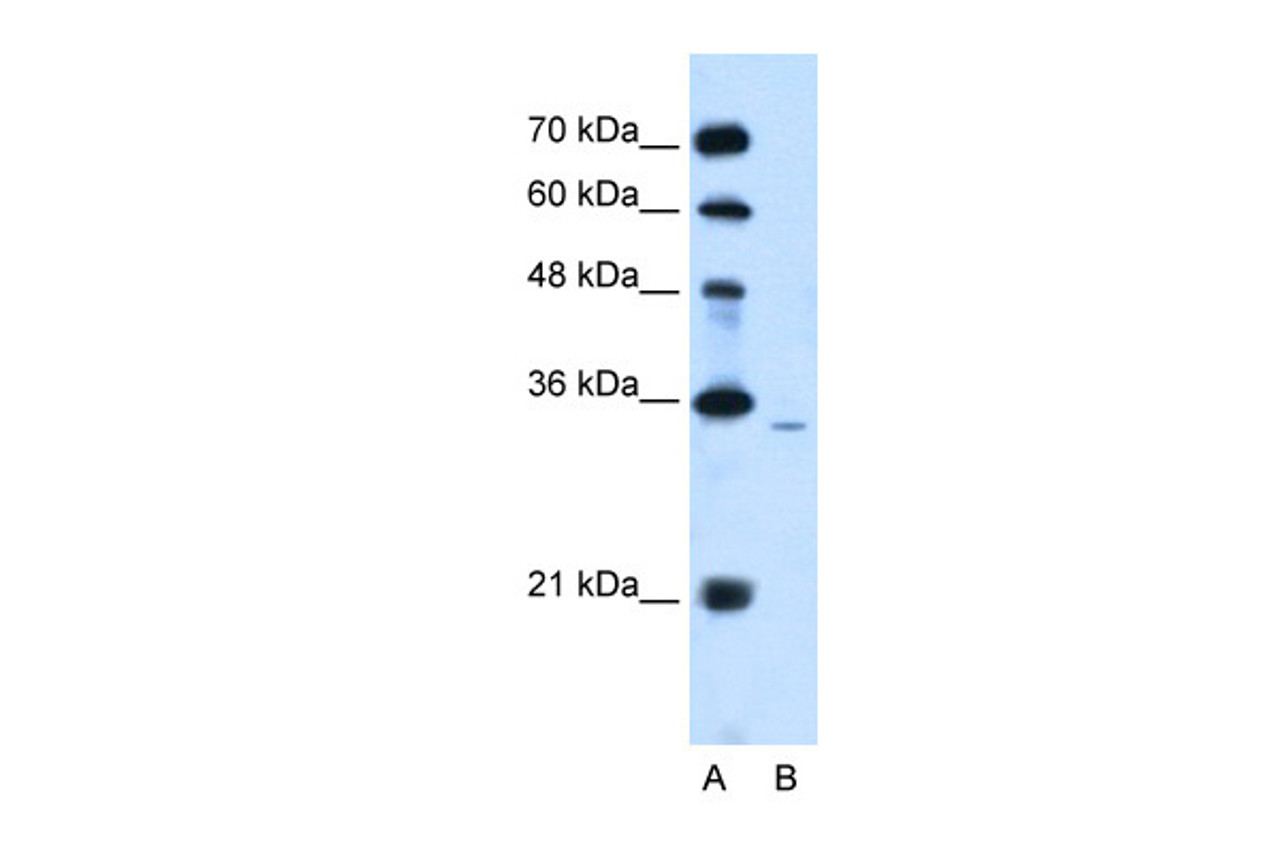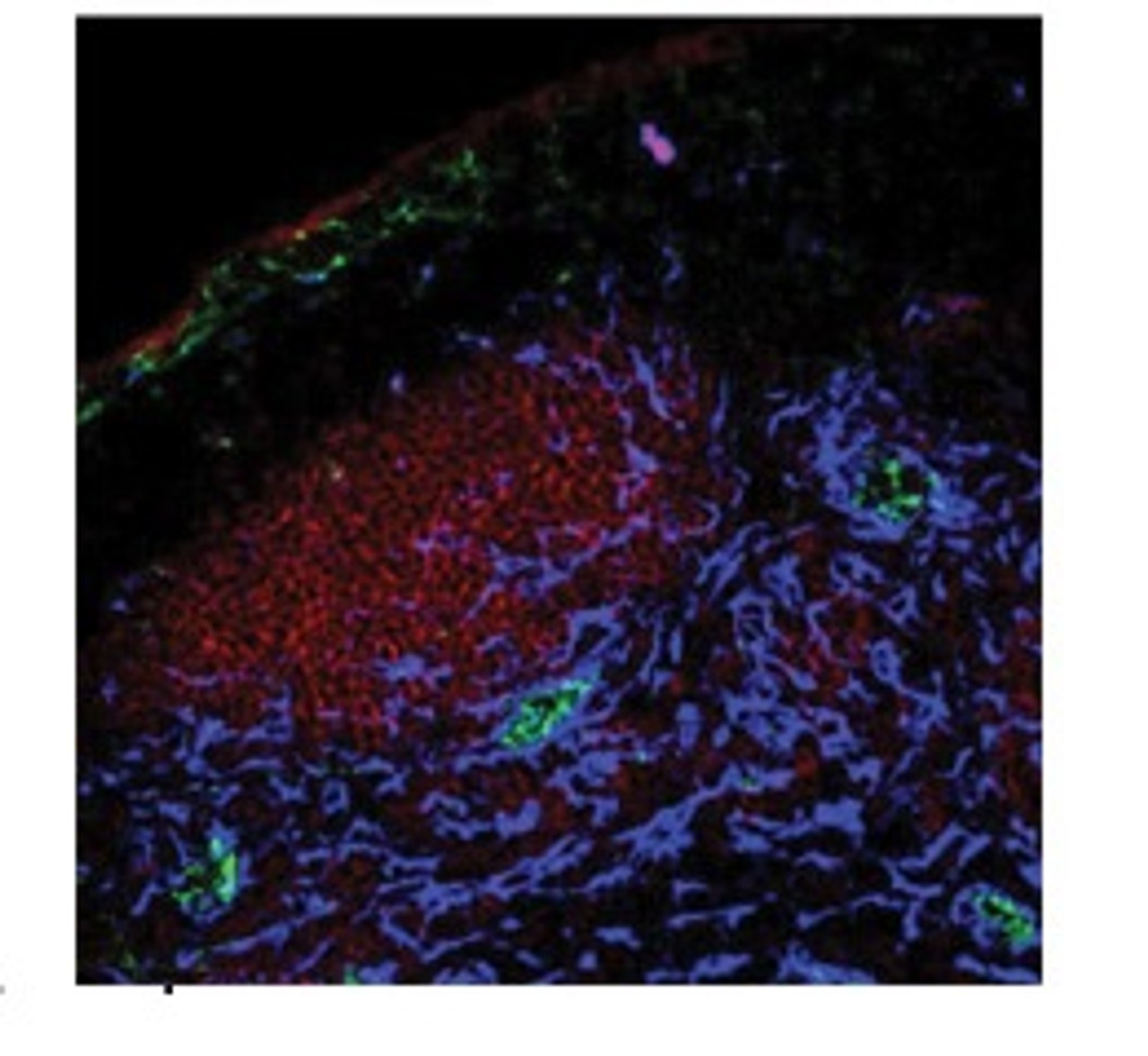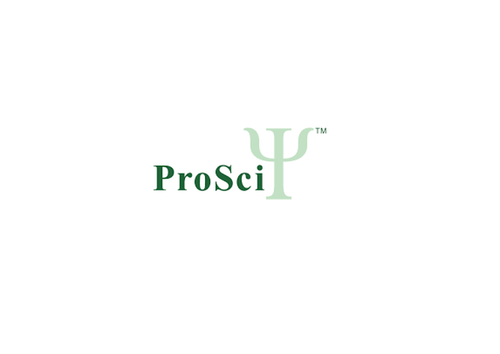Product Description
PPAP2A Antibody | 29-703 | ProSci
Host: Rabbit
Reactivity: Human, Mouse, Zebrafish
Homology: N/A
Immunogen: Antibody produced in rabbits immunized with a synthetic peptide corresponding a region of human PPAP2A.
Research Area: Cancer
Tested Application: E, WB
Application: PPAP2A antibody can be used for detection of PPAP2A by ELISA at 1:62500. PPAP2A antibody can be used for detection of PPAP2A by western blot at 2.5 μg/mL, and HRP conjugated secondary antibody should be diluted 1:50, 000 - 100, 000.
Specificiy: N/A
Positive Control 1: Cat. No. 1205 - Jurkat Cell Lysate
Positive Control 2: N/A
Positive Control 3: N/A
Positive Control 4: N/A
Positive Control 5: N/A
Positive Control 6: N/A
Molecular Weight: 31 kDa, 32 kDa
Validation: N/A
Isoform: N/A
Purification: Antibody is purified by protein A chromatography method.
Clonality: Polyclonal
Clone: N/A
Isotype: N/A
Conjugate: Unconjugated
Physical State: Liquid
Buffer: Purified antibody supplied in 1x PBS buffer with 0.09% (w/v) sodium azide and 2% sucrose.
Concentration: batch dependent
Storage Condition: For short periods of storage (days) store at 4˚C. For longer periods of storage, store PPAP2A antibody at -20˚C. As with any antibody avoid repeat freeze-thaw cycles.
Alternate Name: PPAP2A, LLP1a, LPP1, PAP-2a, PAP2, PAP2a2, PAP2alpha2, PAPalpha1
User Note: Optimal dilutions for each application to be determined by the researcher.
BACKGROUND: PPAP2A is a member of the phosphatidic acid phosphatase (PAP) family. PAPs convert phosphatidic acid to diacylglycerol, and function in de novo synthesis of glycerolipids as well as in receptor-activated signal transduction mediated by phospholipase D. This protein is an integral membrane glycoprotein, and has been shown to be a surface enzyme that plays an active role in the hydrolysis and uptake of lipids from extracellular space. The expression of PPAP2A is found to be regulated by androgen in a prostatic adenocarcinoma cell line.The protein encoded by this gene is a member of the phosphatidic acid phosphatase (PAP) family. PAPs convert phosphatidic acid to diacylglycerol, and function in de novo synthesis of glycerolipids as well as in receptor-activated signal transduction mediated by phospholipase D. This protein is an integral membrane glycoprotein, and has been shown to be a surface enzyme that plays an active role in the hydrolysis and uptake of lipids from extracellular space. The expression of this gene is found to be regulated by androgen in a prostatic adenocarcinoma cell line. At least two alternatively spliced transcript variants encoding distinct isoforms have been described.
 Euro
Euro
 USD
USD
 British Pound
British Pound
 NULL
NULL















![PPAP2A Antibody (C-term) [AMR09441G] PPAP2A Antibody (C-term) [AMR09441G]](https://cdn11.bigcommerce.com/s-452hpg8iuh/images/stencil/500x659/products/869651/1161718/logo__92149.1659788186__75602.1659865808.png?c=2)
![PPAP2A Antibody (C-term) [APR33127G] PPAP2A Antibody (C-term) [APR33127G]](https://cdn11.bigcommerce.com/s-452hpg8iuh/images/stencil/500x659/products/873372/1165439/logo__92149.1659788186__88143.1659869034.png?c=2)